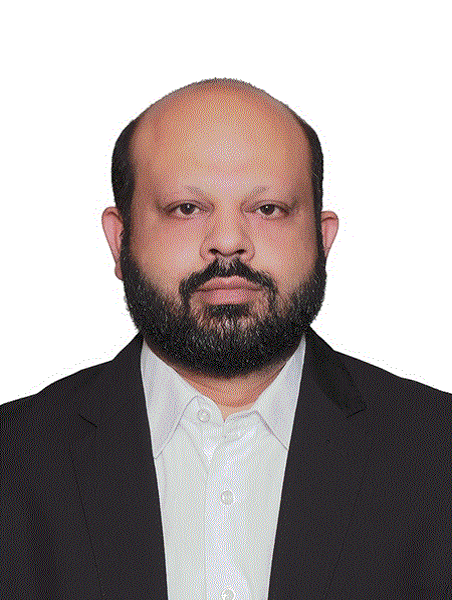
Syed Amir Gilani
The University of Lahore, Pakistan
Title: Sonography of the wrist examination technique
Biography
Biography: Syed Amir Gilani
Abstract
Indications: Tendinitis-tenosynovitis, Tendon –rupture, Median Nerve compression-Carpaltunnel, Ulnar Nerve compression, Masses-ganglion-tumors, Synovitis, Joint effusion, US-guided aspiration, Loose Bodies, Bone erosions
Patient Positioning & Examination Technique - Hand and Wrist: Anterior scanning, Posterior scanning, The carpus or wrist. Note that its rounded proximal surface articulates with the radius and a fibrocartilaginous disk on the ulnar side. The carpus is concave anteriorly, forming the carpal tunnel which allows nerves and tendons to pass through to the palm. Ultrasound examination of the hand and wrist requires the patient to sit comfortably with their arm supported on an adjustable stand. The wrist is placed comfortably in a neutral position with a small rolled towel placed beneath it. The examiner performs the study facing the patient. Transducer: Ultrasound permits the performance of a dynamic examination as well as the ability to compare anatomy on the other side. Because the structures of interest are situated extremely superficially, a high frequency transducer in the 10- 12 MHz range should be used for examination.
Doppler: Doppler are also useful tools when available, especially for diagnosing hyperemic changes secondary to inflammation. Images are obtained in both longitudinal and transverse planes, following the natural course of the structures being examined.
Normal Ultrasound Appearances; The correct transducer position for imaging the flexor (upper image) and extensor (lower image) tendons of the wrist and sonography of various other normal structures will be discussed.
Pathologies: Carpal Tunnel Syndrome, Ganglion Cysts, Foreign Bodies (esp. radiolucent). Tendon tears (Flexors & Extensor),Tenosynovitis, Trigger Finger, Gamekeeper Thumb (UCL), Stener Lesion, Extensor Hood Injury, Pulley Tear, Pseudotumors Tumors. Foreign Body : Glass Rt 2nd finger PIP joint area, Tear: Thumb Extensor, Long Axis Rht EPB Tendon, De Quervain's Disease, Cronic Tenosynovitis-De Quervain,Trigger Finger (or Digit). Trigger digit is also a type of idiopathic tenosynovitis most often affecting the thumb, followed by the ring, middle, little and index fingers will be discussed. More commonly seen in women in the 40-60 year range, patients present with triggering or locking of the affected digit. Trigger Finger (or Digit), sonographically, a hypoechoic nodule is identified on the flexor tendon surface proximal to the A1 pulley. Fluid within the synovial sheath as well as synovial sheath thickening may also be present, often with small peritendinous cysts.

